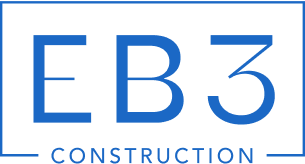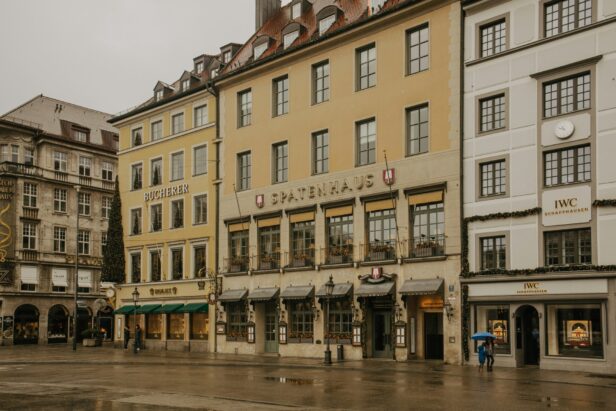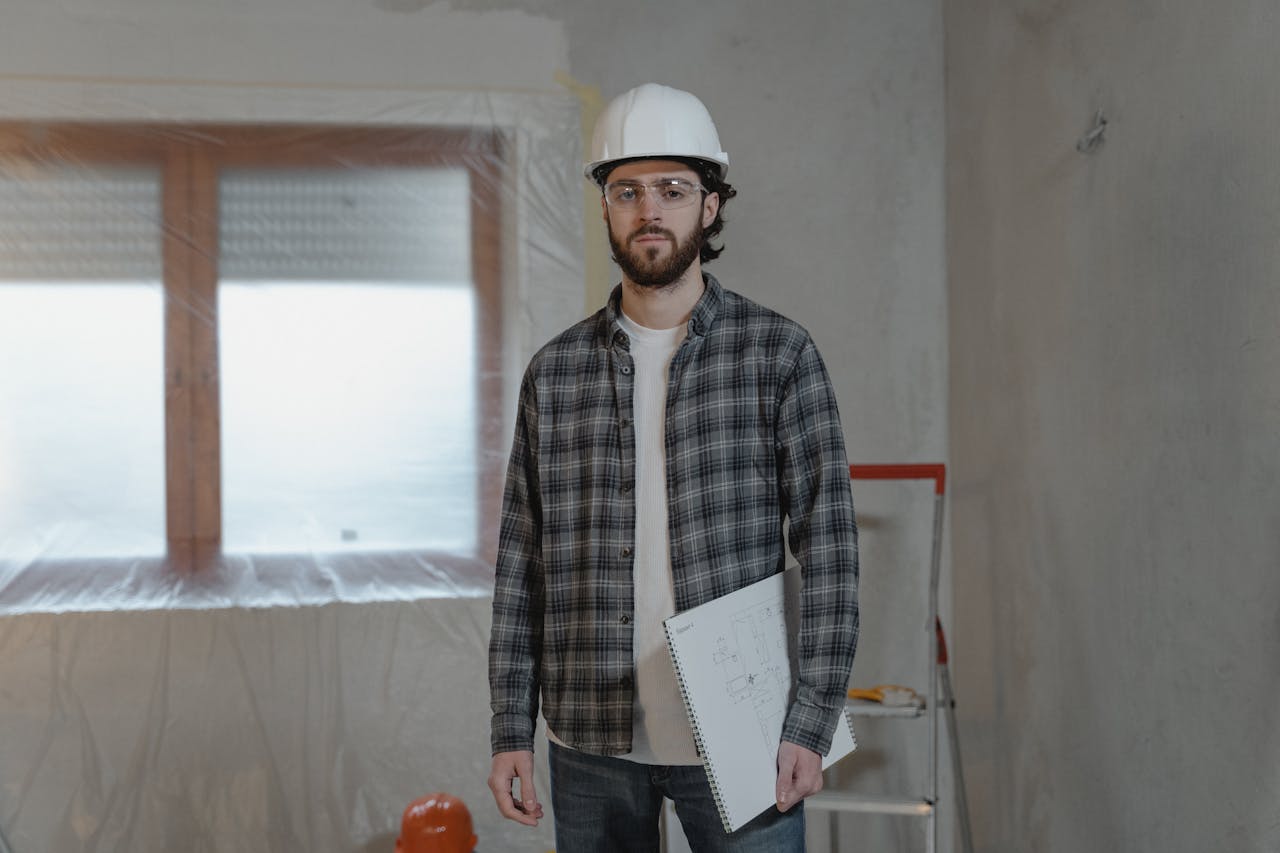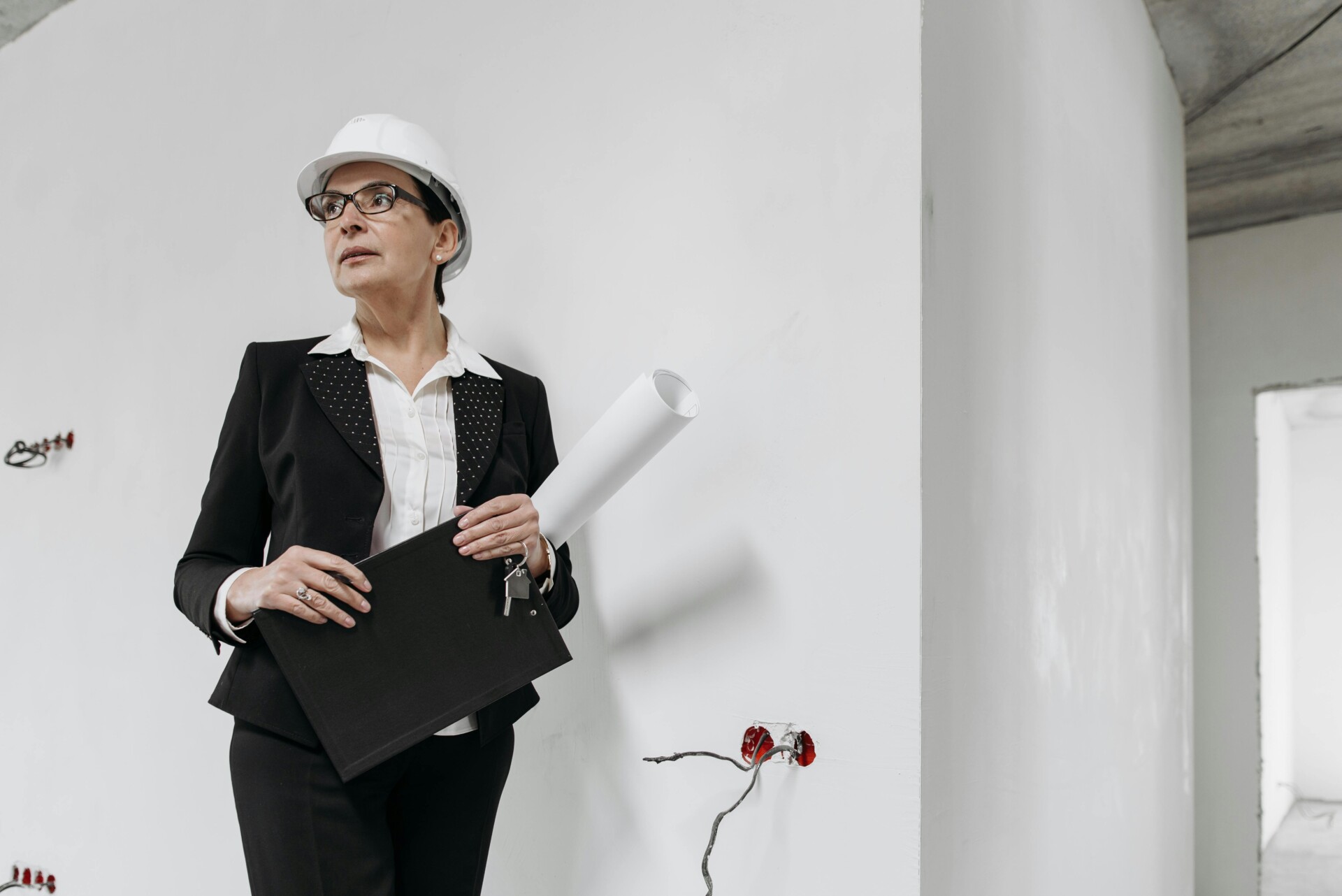The Dallas-Fort Worth retail market has shown resilience, with positive net absorption reported recently. While vacancy rates have seen a slight increase, they remain relatively low compared to historical averages, suggesting underlying market strength.
The retail construction landscape in the metroplex continues to evolve. Current development activity focuses on strategic expansion, with many new retail spaces securing tenants before completion. This approach may help manage vacancy risks effectively.
Retail construction projects increasingly incorporate mixed-use environments that combine retail, residential, and office components in pedestrian-friendly settings. New developments across Dallas-Fort Worth aim to create integrated communities where retail spaces play a central role. This trend is particularly visible in growing suburban areas, where retail inventory has expanded significantly in recent years.
What Major Mixed-Use Retail Projects Are Transforming Dallas?
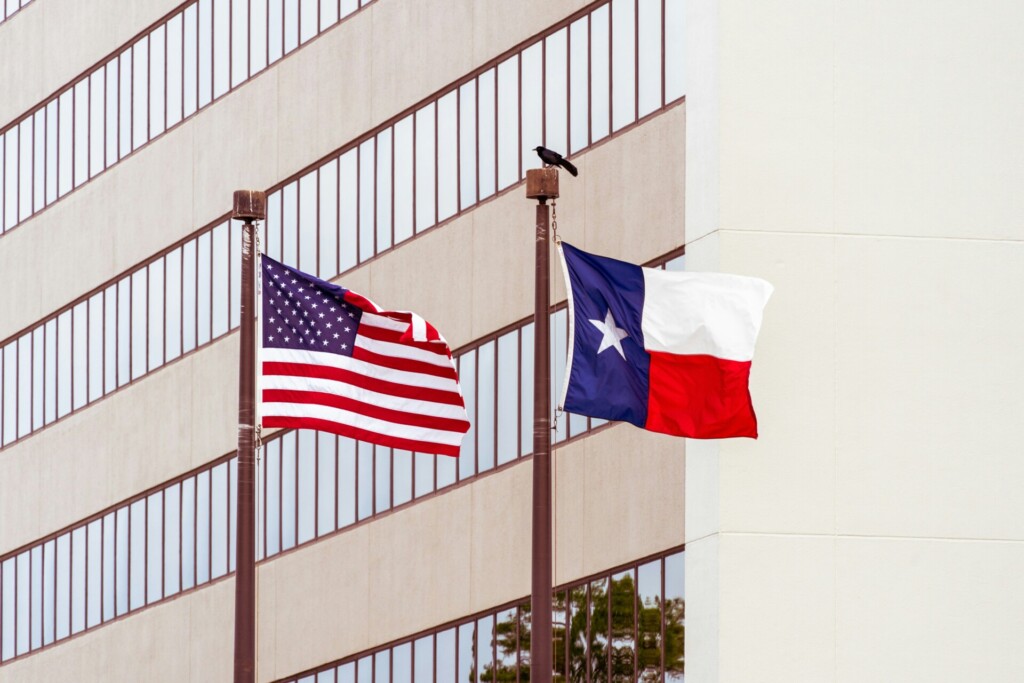
The Dallas metropolitan area is undergoing a significant transformation with a wave of mixed-use developments reshaping the region”s retail landscape. These projects typically involve substantial investments and can create numerous construction jobs.
Reunion Redevelopment: Revitalizing Downtown Dallas
A major redevelopment project is in the planning stages for the former site of the demolished Reunion Arena in downtown Dallas. The proposed plan targets a significant area of downtown real estate that has remained largely undeveloped. Construction teams may need to evaluate substantial infrastructure requirements to support retail space within this type of comprehensive development.
Projects of this scale can present unique construction coordination challenges when integrating retail spaces with residential units, hotels, and office space surrounding central park areas. Its strategic location could potentially connect to other major developments, requiring careful planning of pedestrian circulation patterns and service access points.
Our preconstruction teams typically work with stakeholders to establish phasing that aims to minimize disruption while maximizing efficiency. This is particularly important in dense urban environments where staging areas may be limited and traffic management is critical.
Hi Line Square: Elevating the Design District
In Dallas”s historic Design District, plans are underway for Hi Line Square, a project that could exemplify thoughtful urban integration. This development may feature high-end retail, showroom space, and dining on the lower floors of a mixed-use complex. The retail component could serve as the foundation for office and residential towers.
Construction sequences for such projects often prioritize preserving existing mature trees around which pedestrian plazas can be centered. This may require specialized protection protocols during foundation work and careful coordination of heavy equipment movements. Materials selection processes typically focus on honoring a district”s heritage while incorporating contemporary features.
Site logistics constraints can be significant in urban areas. Detailed traffic management plans are often developed to maintain business continuity for neighboring establishments while accommodating material deliveries needed for complex builds.
The Mix Frisco: Creating a New Urban Core
In Frisco”s North Platinum Corridor, plans are in development for The Mix, a large-scale project on the site formerly known as Wade Park. The area may include significant retail space, potentially creating opportunities for commercial tenants in a growing submarket. Site preparation teams often address complex remediation requirements before vertical construction can commence.
Initial phases of such projects may include retail space integrated with medical office buildings and residential units. A critical component of this work can involve constructing underground parking garages.
Construction teams may implement specialized dewatering systems and soil stabilization measures to ensure that substantial excavation maintains the integrity of adjacent parcels. Projects with planned open spaces typically require careful stormwater management and soil conservation planning throughout the construction process.
| Project Name | Location | Key Features | Retail Space (sq ft) |
|---|---|---|---|
| Knox Promenade | Uptown Dallas | Office, apartment, and senior living buildings | 80,000 – 95,000 |
| LPC Mixed-Use | Cedar Springs Road, Uptown Dallas | Office spaces, luxury apartments, five-star hotel | 20,000 – 30,000 |
| Hunter Ranch | Dallas | Homes, commercial office and retail space | |
| Hi Line Square | Design District, Dallas | Retail, showroom, office, and residential towers | 40,000 – 50,000 |
| The Mix Frisco | North Platinum Corridor, Frisco | Medical office building, residential units | 350,000 – 400,000 |
| Reunion Redevelopment | Downtown Dallas | Pedestrian plaza, office, residential, hotel, and retail spaces | 140,000 – 160,000 |
Disclaimer: Pricing figures are based on publicly available market data and are intended for general estimation purposes as of July 2025. They do not represent a formal quote from EB3 Construction. Actual costs will vary by project scope, location, labor rates, and material prices.
These landmark projects highlight the scale and complexity of retail-focused mixed-use development potentially transforming Dallas. Each presents unique construction challenges requiring expertise in phasing, materials procurement, and infrastructure integration. Construction teams work with the goal of establishing vibrant destinations that blend shopping experiences with residential, office, and recreational spaces.
How Are Suburban Areas Contributing to Dallas’s Retail Build Out Growth?
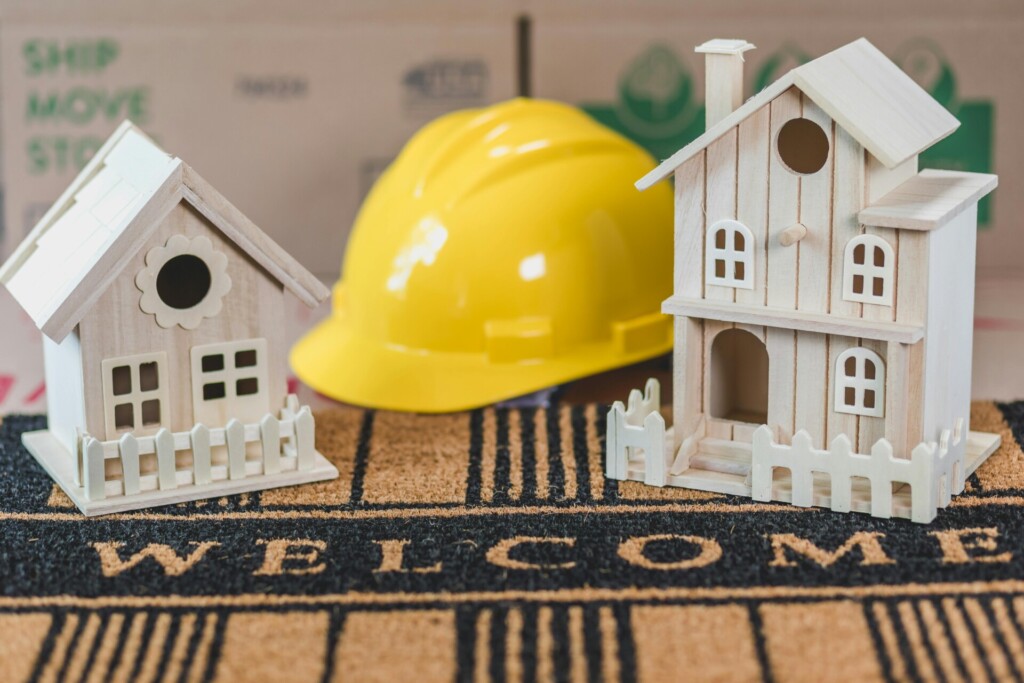
Retail Development in Plano
Suburban developments can play a significant role in Dallas’s retail expansion. In Plano, a large-scale project is underway that aims to transform previously agricultural land. This development may include retail space integrated with residential and commercial components, potentially creating a cohesive community environment.
A key feature of the retail strategy could be a distinctive farm-to-market themed dining destination that pays homage to the property’s agricultural heritage. This concept may align with current consumer preferences for authentic experiences and locally-sourced products. The space could be designed to accommodate both national retailers and local merchants, aiming to create a diverse shopping ecosystem.
The construction approach for such projects may involve preserving certain natural elements and historical structures while introducing modern retail facilities. This mix of preservation and innovation can create a unique selling proposition in a competitive retail landscape. Proximity to growing residential communities can help ensure a built-in customer base for new retail developments.
Retail Innovation at Strategic Intersections
In the northern suburbs of Dallas-Fort Worth, retail opportunities may be emerging at previously undeveloped intersections. Large-scale projects can offer substantial space dedicated to shopping and dining. Construction timelines for such developments typically align with infrastructure improvements to ensure access for future shoppers.
These suburban retail projects are often designed with flexibility, allowing adaptation to evolving retail formats. Layouts may include varied storefront sizes, from large anchor locations to smaller boutique spaces. Site designs typically aim to maximize visibility from major roadways and provide comfortable pedestrian corridors throughout the development, optimizing the shopping experience from multiple approaches.
Construction in undeveloped suburban areas can present different challenges compared to urban infill projects. Working with undeveloped land may require extensive initial sitework, including significant grading and utility installations. A phased construction approach can enable parts of a development to open while work continues in other areas, potentially supporting efficient project completion while maintaining construction efficiency.
Suburban Retail Construction Strategies
Suburban retail construction often differs from urban projects. These environments may allow for the creation of purpose-built retail spaces rather than adapting existing structures, potentially optimizing loading zones, parking configurations, and customer flow patterns from the outset.
Suburban projects typically require coordination with various jurisdictions and utility providers, navigating permitting processes across municipal boundaries, especially when developments span multiple communities. Construction sequencing must account for seasonal weather patterns that can impact outdoor work more significantly than in dense urban settings.
For large-scale suburban developments, sophisticated stormwater management systems are often implemented to comply with environmental regulations. These features can be integrated into the overall design, sometimes serving as water features or green spaces that enhance the shopping environment. Construction teams typically work closely with retailers during buildout phases to accommodate brand-specific requirements while maintaining overall aesthetic cohesion.
| Project | Location | Size (Square Feet) | Investment |
|---|---|---|---|
| The Mix | Frisco | 375,000 | $2.8 – $3.2 billion |
| Haggard Farms | Plano | 200,000 | $700 – $800 million |
| Sloan Corners | Allen/Fairview | 200,000 | $2.8 – $3.2 billion |
Disclaimer: Pricing figures are based on publicly available market data and are intended for general estimation purposes as of June 2023. They do not represent a formal quote from EB3 Construction. Actual costs will vary by project scope, location, labor rates, and material prices.
Conclusion: The Future of Retail Build Outs in Dallas

The Dallas-Fort Worth market has become a hub for retail development, with significant investment shaping the commercial landscape across the metroplex. Mixed-use projects that integrate retail, residential, and office spaces into cohesive, walkable communities are gaining popularity. Large-scale developments like the Texas Research Quarter project in Plano and the Long Branch development in McKinney exemplify this trend.
The DFW market offers a variety of retail opportunities for construction services. While suburban areas continue to grow with new lifestyle centers, downtown Dallas is also experiencing redevelopment with mixed-use projects. Construction approaches can be adapted to the specific needs of each area, with mixed-use developments featuring smaller-format retail spaces becoming increasingly common. Strong pre-leasing rates for new developments may indicate demand for strategically located retail spaces throughout the region.
Looking ahead, the focus remains on delivering construction solutions that support retailers in this evolving landscape. While market conditions may fluctuate, the Dallas area continues to provide opportunities for retail build-outs. Experience in coordinating mixed-use projects can be valuable for transforming retail concepts across the Dallas-Fort Worth region. Contact our team today to discuss your retail construction needs.
